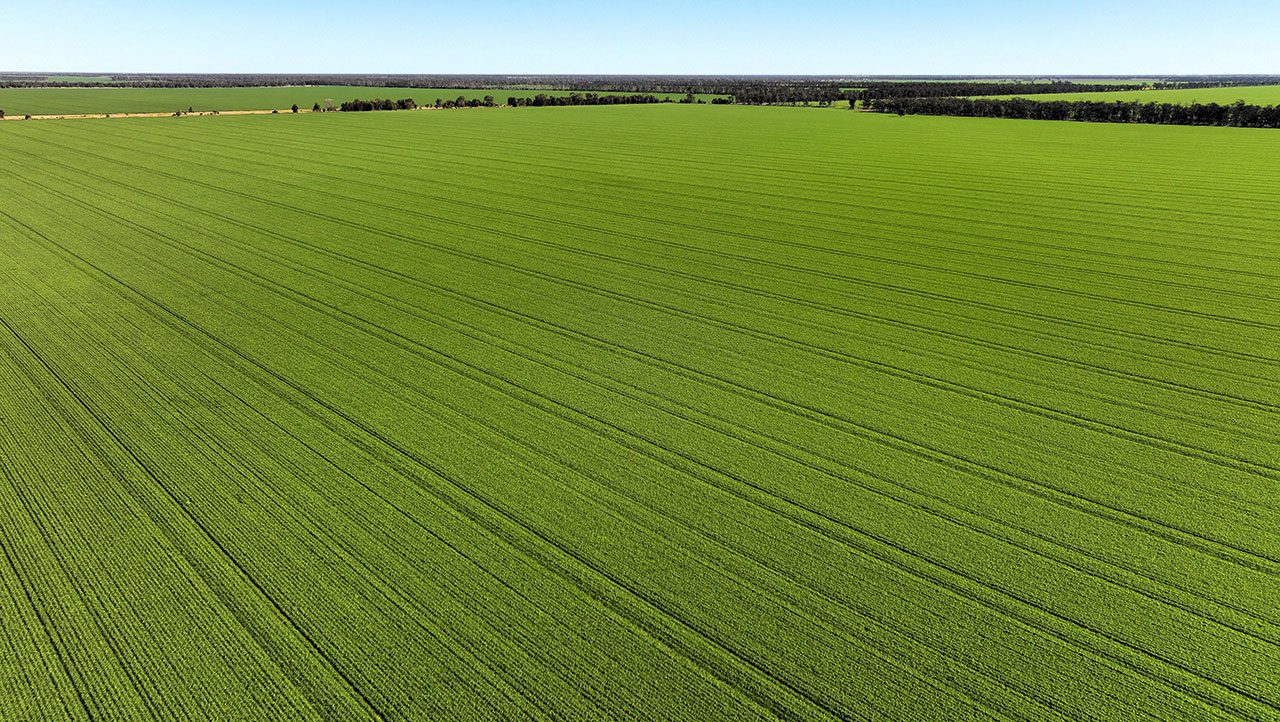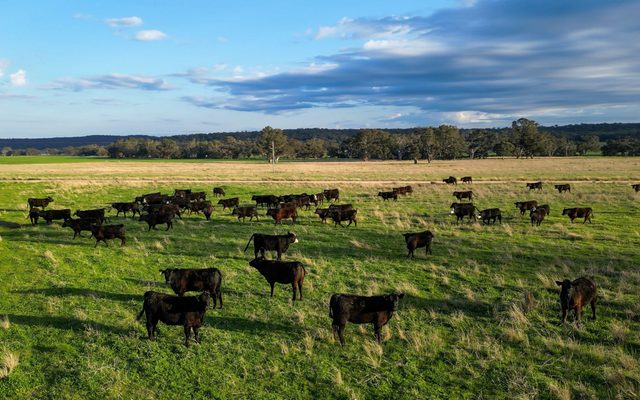This article is from the Australian Property Journal archive
TERLINGS, which once hosted King Charles, and its neighbour Dundenoon in the renowned Golden Triangle region of northern NSW are on the market after more than 120 years of ownership by the Hill family and descendants.
The two properties are situated three kilometres apart on the Newell Highway, 48 kilometres from Moree, and combined offer a 3,260-hectare, institutional-grade cropping and grazing enterprise with potential ecological offsets, and extensive development and agricultural production.
The 1,860-hectare Terlings and 1,400-hectare Dundenoon are being offered for sale as a whole or as separate assets by private treaty through LAWD. LAWD told Australian Property Journal that expectations are above $32 million and that the timing of the sale provides an opportunity for the buyer to benefit from the upcoming cotton rotation in the cropping enterprise.
“We anticipate these properties will generate interest from both institutional investors and expanding local farming enterprises due to its location in such a secure and productive cropping area,” said LAWD’s Tim Corcoran.
“There is also the potential to add significant extra value through the abundance of wildlife and biodiversity on these properties, given the ever-growing demand for carbon and biodiversity offsets.”
The properties were initially acquired in 1902 by the parents of rural industry figure and polo identity, Sinclair Hill, before being transferred through a combination of purchase and succession to his daughter, Carina Shannon and her husband, Ed.
In 1981, Hill hosted his polo-playing friend King Charles III – then the Prince of Wales – at Terlings, which features a seven-bedroom, three-bathroom Federation homestead set in sweeping lawns and mature trees, while the Dundenoon homestead is a traditional four-bedroom Queenslander design.
The aggregation has been developed in recent years from a genuine mixed grazing and cropping enterprise to a large-scale dryland farming asset.
Soil types are a complementary mix of black, brown, and red self-mulching clay, with just over 70% of the aggregation arable. The winter and summer cropping rotation comprises barley, wheat, canola, sorghum and chickpeas. Soils are also suited to dryland cotton production.
The aggregation receives an average annual rainfall of 582.8 millimetres. Water security comes from multiple sources, including 15 surface dams, the Kiga Bore and double frontage to the seasonal Nee Nee Creek, totalling 5.5 kilometres on Terlings and 3.5 kilometres on Dundenoon.
Conservatively managed native pastures have been used for cattle grazing and agistment, and have historically supported 150 cows or provided backgrounding options.
The Biodiversity Conservation Trust identified unique environmental habitats for koalas and the Glossy Black-Cockatoo in preliminary studies, and reporting sightings of the Painted Honey Eater and Five-clawed Worm-skink.
An area on Terlings spanning around 945 hectares has been identified to contain the majority of the threatened species. Subdividing the environmental area to suit specific buyer requirements will be considered.
The aggregation is within reach of cropping services, including grain handling facilities at Croppa Creek, North Star, Moree and Goondiwindi and cotton gins at Moree and Goondiwindi.




